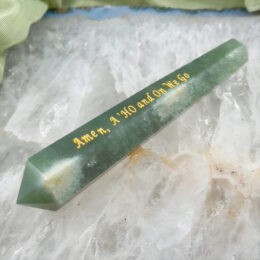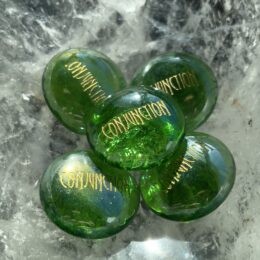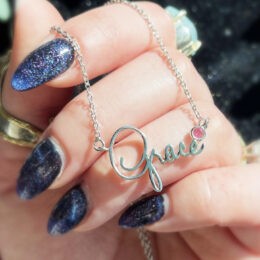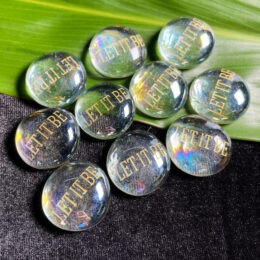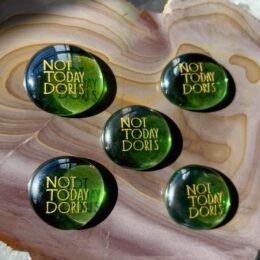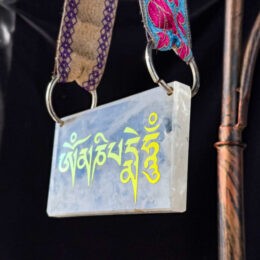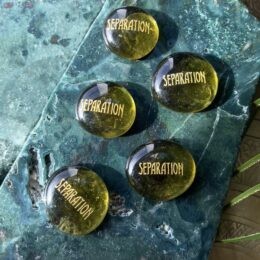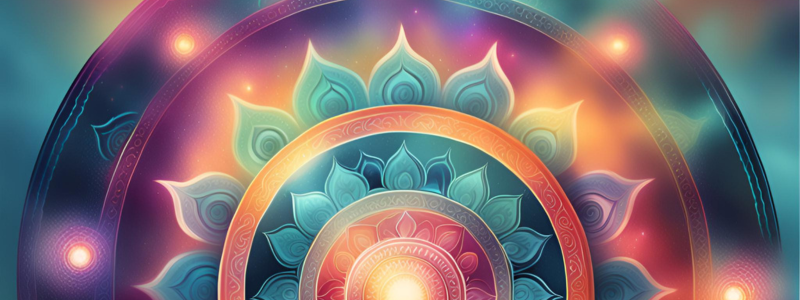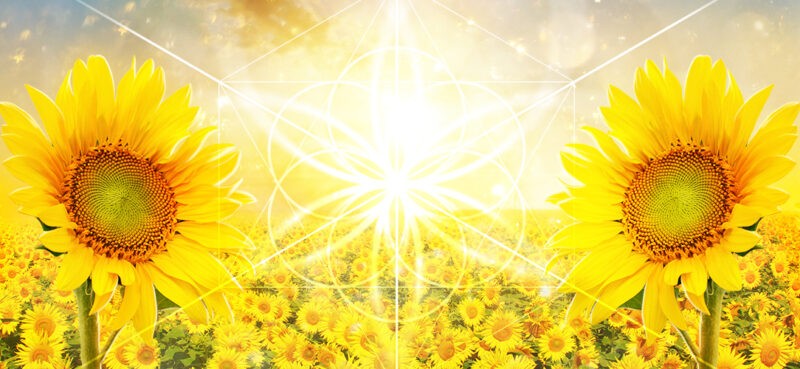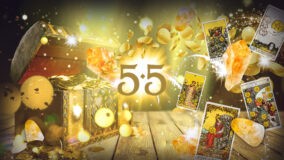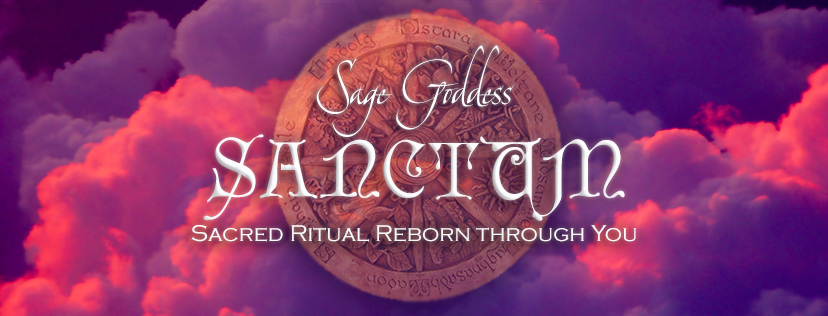
Greetings to you, dear one, and welcome to Sanctum. At last, Sanctum is born – our deepest space of learning and practice designed to take you on an experiential journey around the great Wheel of the Year. This introduction is here to hold the space until we begin at month’s end. Our first live gathering of the year is on January 25, when we will discuss ritual practice in honor of Imbolc.
THEORY TO GROUND OUR PRACTICE
Remember that everyone in Sanctum this year has completed, or is completing now, the 12 Pillars of Priestessing from 2015. These principles form a net of wisdom on which the practice of building ritual and ceremony this year can rest. It’s important to maintain an active engagement with these principles and integrate them into whatever magical work you develop in 2016; as an example, thinking about the role of thresholding or circle opening and closing in your offerings. As you share your plans this year, I’ll be giving you feedback based partly on the Pillars.
As we move together into a deeper appreciation for the ways ritual and ceremony enhance our connection to the elements, the goddesses, the subtle energies and the Universe in general, now is the time to develop a stronger macro view of the Energy Field within which we gather and create our work as priestesses. This field is giv en different names in different contexts – in quantum mechanics it’s known as the Quantum Field or Organizing Field. In metaphysics, it’s often called The Matrix, The Net, or just The Field. Ancient Egyptians believed the Net was in fact something you could use catch objects and individuals within, for the purposes of healing, transporting, and modifying their genetic architecture. Hieroglyphs depict the Egyptian gods wielding threads connected to planets, pieces of this Field, moving objects with them. Ancient Indians believed that Shakti herself lived within this Ancient Net of Indra, and that Shakti used the sacred geometric shapes within the net (the net is built out of sacred geometry, of course) to activate her power.
en different names in different contexts – in quantum mechanics it’s known as the Quantum Field or Organizing Field. In metaphysics, it’s often called The Matrix, The Net, or just The Field. Ancient Egyptians believed the Net was in fact something you could use catch objects and individuals within, for the purposes of healing, transporting, and modifying their genetic architecture. Hieroglyphs depict the Egyptian gods wielding threads connected to planets, pieces of this Field, moving objects with them. Ancient Indians believed that Shakti herself lived within this Ancient Net of Indra, and that Shakti used the sacred geometric shapes within the net (the net is built out of sacred geometry, of course) to activate her power.
You can imagine this field of energy around you – around us all, all forms of life entangled within it’s mesh. You push on it, I feel the pull, and vice versa. Our connectedness within the Matrix is our oneness – it is our sacred union with each other and with the Divine. As much as we may try to disentangle ourselves from each other, quantum physics reminds us that doing so is impossible. You can bubble yourself up within this broader Net, but you remain a part of it. Personally, I find solace in the Field. Knowing that all the people I love are there with me, interconnected, experiencing one time-space continuum with me. One day, when we die, we will pass through a great portal just like the one photographed here, I believe, and I remain curious about whether that next dimension is part of our Field or in fact some other star contingency with only a minimal connection to our own.
Remain cognizant of the field as you create your rituals and ceremonies this year. Think about the Matrix as you plan for the sacred raising of energy in your practice, and how that energy can ultimately fuel and benefit the Greater Collective. Integrate the symbols of sacred geometry into your work (we will deepen our understanding of them together) and see if you can use them as the ancient Egyptians did – as keys to unlock magical doorways to other dimensions.
 Ah, Imbolc. First sign of life. In Gaelic, Imbolc means “in the belly” and it is a time of quiet fertility. Much of nature is pregnant now, in early stages, so the burgeoning life is barely visible. The trees are pregnant too, gestating tiny green buds of energy that will become eye-visible in just a few weeks. While we sit in middle winter and watch the snow outside our windows, we now count the days until Brigid’s feast on February 2. We know that when she comes to greet us, spring is close at hand.
Ah, Imbolc. First sign of life. In Gaelic, Imbolc means “in the belly” and it is a time of quiet fertility. Much of nature is pregnant now, in early stages, so the burgeoning life is barely visible. The trees are pregnant too, gestating tiny green buds of energy that will become eye-visible in just a few weeks. While we sit in middle winter and watch the snow outside our windows, we now count the days until Brigid’s feast on February 2. We know that when she comes to greet us, spring is close at hand.
But life is silently growing underground for now, safe from the cold and frost. We honor the fire within, underneath, out of sight at Imbolc.
Winter is an interesting season in this way, here in the northern hemisphere. The Wheel has barely turned in its direction before we see signs of the season beyond it. If you recall, Winter is Demeter’s curse upon the land, the price we pay as she mourns the descent of her daughter Persephone into the underworld where she is bound to a season of time with Hades, her abductor. A mourning mother is a force to be reckoned with, we see. Brigid kindles Demeter’s flame as the goddess of the hearth and also the well. She holds the elements of fire and water within her grasp. And she represents a sacred duality, as well: Fire destroys life, water creates it.
Imbolc became Christianized over time in the form of Candlemas, the presentation of the Christ child at 40 days old and a ‘purification’ of Mary for whom Brigid became a proxy. On February 2, candles were brought to local priests to be blessed for protection and safety in the year ahead. Even in this adaptation of the holiday, we see common threads: A celebration of life, an honoring of the fire element, and a setting of intention for the year ahead. At Imbolc farmers would plan their annual crops. Great forethought went into this deliberation – when, where, what to plant and how. Seeking protection from Brigid, as well as fertility, candles would be lit at Imbolc.
PURPOSE OF SANCTUM
Over the year I will share history and mythology with you about various holidays crossing pantheons and traditions so that you can begin to develop a series of rituals and practices that resonate with you. Sanctum is the practical application of the 12 Pillars of Priestessing you learned in 2015. Now, we apply what we’ve learned and contextualize it in order to make the theories meaningful and relevant.
In magic, theory without practice raises no energy. Doing counts. And how you do ritual is as important as what you do.
Stay tuned to our Facebook group and this page, which will be updated weekly, for inspiration and guidance. For now, please make sure you have reviewed all 12 Pillars of Priestessing from 2015 and that you have watched all 12 videos. You may use Sanctum for individual or collective work, solitary or group is fine. Leading yourself is often more challenging than leading others, I have found. And magic works – whether it’s practiced for 1 or for 1000. The intention is what matters.
I look forward to this journey with you, 12 months of magical practice that will culminate in initiation and ceremony honoring each of you and your development. So shall it be!
JANUARY: IMBOLC
January 25th, 5p.m. Imbolc Ritual Preparation – Click here to join
Imbolc marks our first point of exploration into the art of ritual design. And how appropriate that is! Imbolc is the Celtic festival honoring the rebirth of Spring! Fresh starts, beginnings, the planting of sacred seeds to be tended in the year ahead – very much all the things I wish for you, that the lessons you learn and the rituals you cultivate in Sanctum will carry through into a life long practice. Here I will share with you the history and classic symbols associated with this sacred day. I hope they inspire your personal interpretation of Imbolc through your original ritual. Here’s where it all begins:
Roots of Imbolc:
In ancient tradition, Imbolc was celebrated as the first sign of Spring. It falls on February 1st, which marks the center point between our Winter Solstice and the Spring Equinox. This 24 hour festival began and ended at sunset to acknowledge the sun’s returning strength and the length of the days ahead. While the festival has many callings, it is centered around the hearth and home. This was a time when families gathered to plan the year’s harvest, to huddle around the fire, and ignite the power within to persevere through the remaining winter days. Villages associated Imbolc with the start of lambing season, tying the roots of its name to mean “in the belly” of their pregnant flocks. It honored new life, a fresh start, and applying the lessons learned from this Winter’s introspection. The force of an ignited flame is seen as the key element we activate during Imbolc, symbolizing the warmth of the sun, the fire keeping us warm through winter, and the budding flame in our spirit.
The Goddess Brigid:
Our reigning goddess of Imbolc is the maiden Brigid. I always look forward to working with this goddess; she has a glowing hopeful energy that brings light to winter cold. In Pagan folklore, Brigid is portrayed as a triple goddess embodying the energy of three sisters; each has a mastery of a different skill, including poetry, spiritual healing, and crafting. In Imbolc’s Christianized tradition she is known as Saint Brigid, an embodiment of the Mary archetype with a national day dedicated in her honor. St Brigid’s Day is celebrated as the time when baby Jesus was first revealed to the world (the Imbolc holiday following literally 40 days on the heels of Christmas Day). Brigid is also recognized as the female counterpart to Archangel Michael, and I have found their energies to be profound when called upon together. In the three faces of the harvest, she is our maiden: the goddess of youth, vitality and fertility. We call upon her during this time to protect the vulnerable seeds of our year’s harvest from the enduring winter frost. This is the first Holy Day after Yule, and since the Solstice passed, we’ve been turning inward for reflection and conception. Now is the time when these new seeds are getting their first view of the world. In ancient times Brigid was called upon to guard the newborn flocks of livestock to ensure they survived through harvest time. She is often seen holding a budding flame between her palms, signifying her mastery of fire. She tends the hearth to heat our homes, and ignites the flame of inspiration in our spirits. Call upon Brigid to awaken your spirit from hibernation and fuel your intentions and plans for the new year. Her alignment to fire elemental work positions her in the Direction of South on the Lakota Medicine wheel – courage, stamina, creation.
Imbolc Traditions:
Many traditional practices born for the festival of Imbolc were created to honor Brigid. Handmade dolls bearing a wooden cross were often stitched and placed over the hearth. After sundown, a bed would be made for her with an offering of food and drink, so she could visit and be sheltered. In exchange for our hospitality, Brigid would bless our clothes, which were hung over the hearth so they could keep us warm. Other traditional rituals centered around prayers for wealth and a nurturing home life. I’m sure you’ve heard of Spring cleaning, but did you know this practice begun with Imbolc? It was believed that this was the best time to clear your space of any heavy energy from the winter, making way for new ideas and the flow of wealth to come in. Floors were swept, shelves dusted, and cellars cleared. Channeling the season’s sacred element of fire, many rituals were celebrated around the hearth and the lighting of the flame. Ceremonial offerings were burned and candles were lit with a prayer for safety and a fruitful year.
Classic Symbols:
Here are some of the classic symbols often associated with Imbolc to inspire your ritual creation:
- Fire: Candles (yellow and gold), hearths and bonfires, cauldrons
- Purity, renewal fertility
- Sheep, wool, and milk
- White flowers and besoms, Daffodils
- Warm clothing
- Herbs: Basil, Bay Leaf, Sunflower seeds
- Colors: White, Green, Pink
- Gems: Amethyst, Ruby, Turquoise
I hope you are as inspired as I am by the rich history and beautiful intention behind Imbolc. I encourage you to conduct your own research to supplement this page and inform your ritual creation each month. I can’t wait to see what magic you have in store! May your Imbolc be blessed and your year overflow with abundance!



